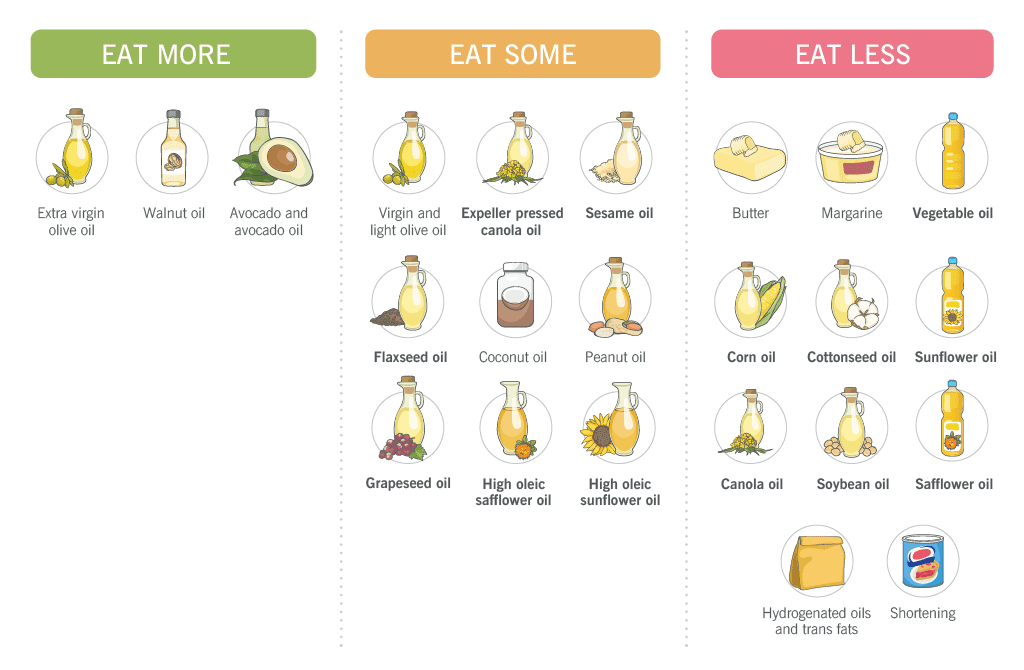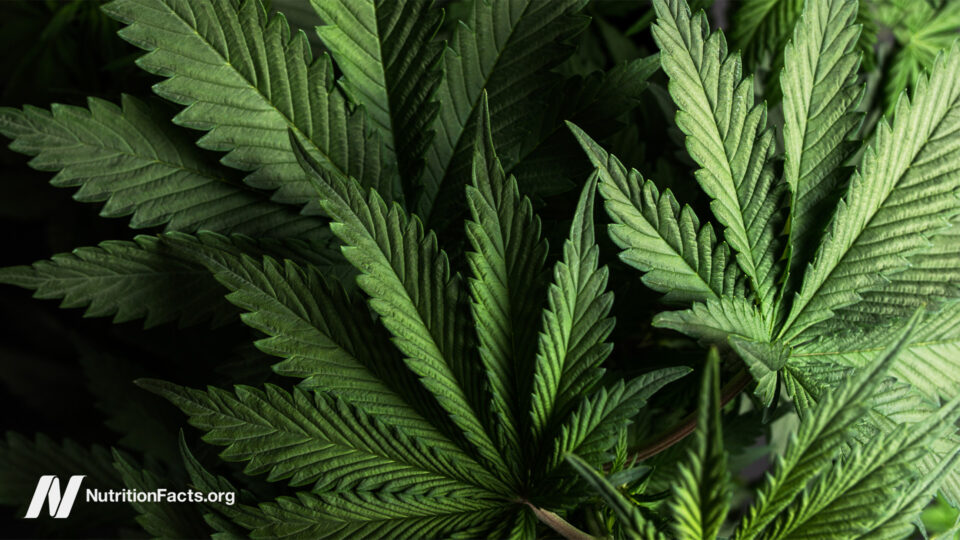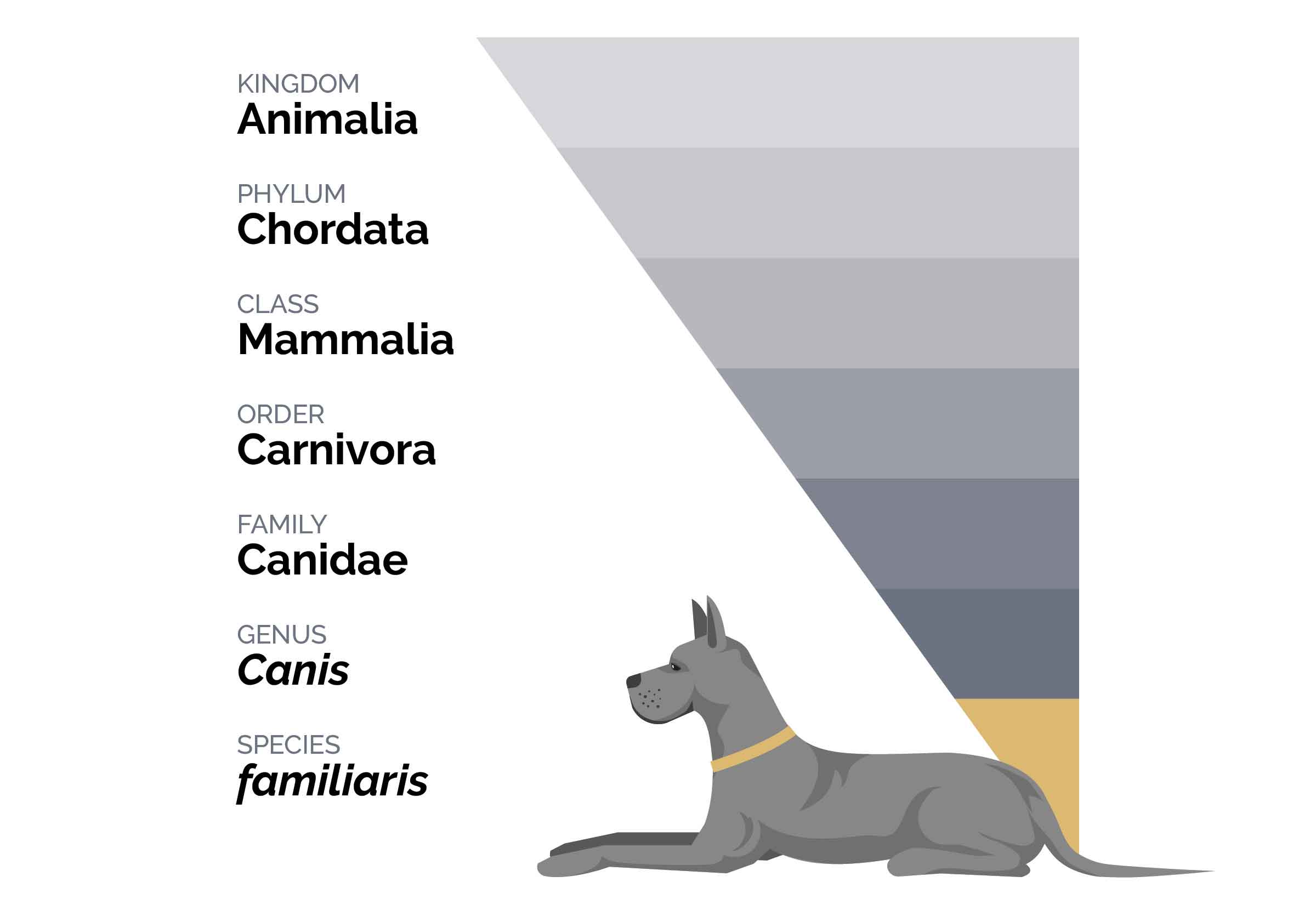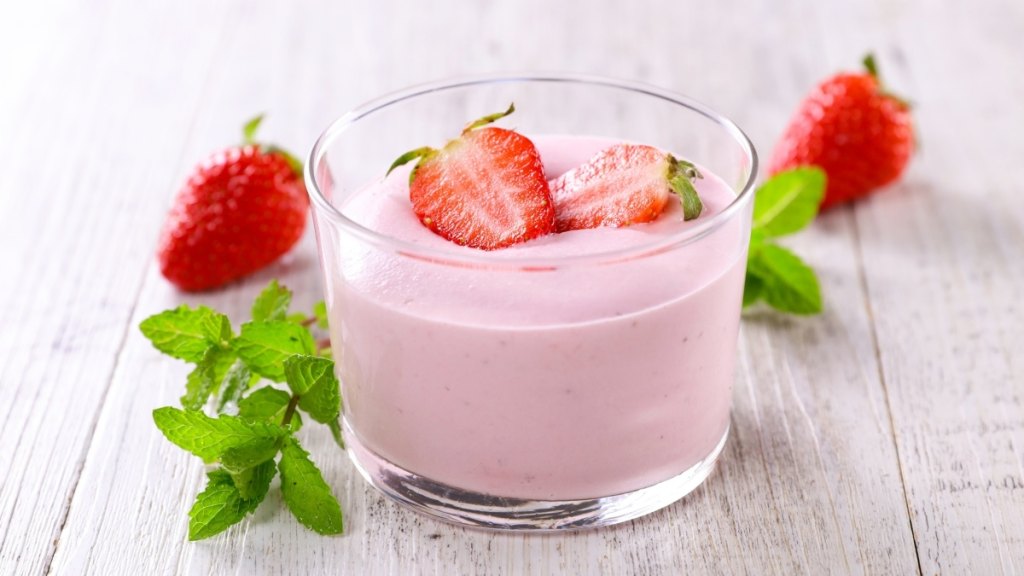The same can’t be said of most vegetable oils, which mostly come from foods with a relatively tiny fat content to begin with.
Case in point: A cup of green olives contains about 20 grams of fat,1 whereas a cup of corn has 2 grams.2
As a result, manufacturers must use an extensive multi-step process to extract this small amount of oil from these non-oily foods. These steps include:
- Crushing: A machine uses high pressure to press oil from the seeds.
- Refining: The seeds are heated with a solvent, such as hexane, to extract more oil.
- Deodorizing: To create a neutral taste and remove unwanted compounds, the extracted oil is then cooked at 400 F (204 C) for several hours.
During this process, health-promoting polyphenols and other stabilizing nutrients are lost, and small amounts of unsaturated fats are transformed into trans fatty acids (also called partially hydrogenated fat).




Post Comment